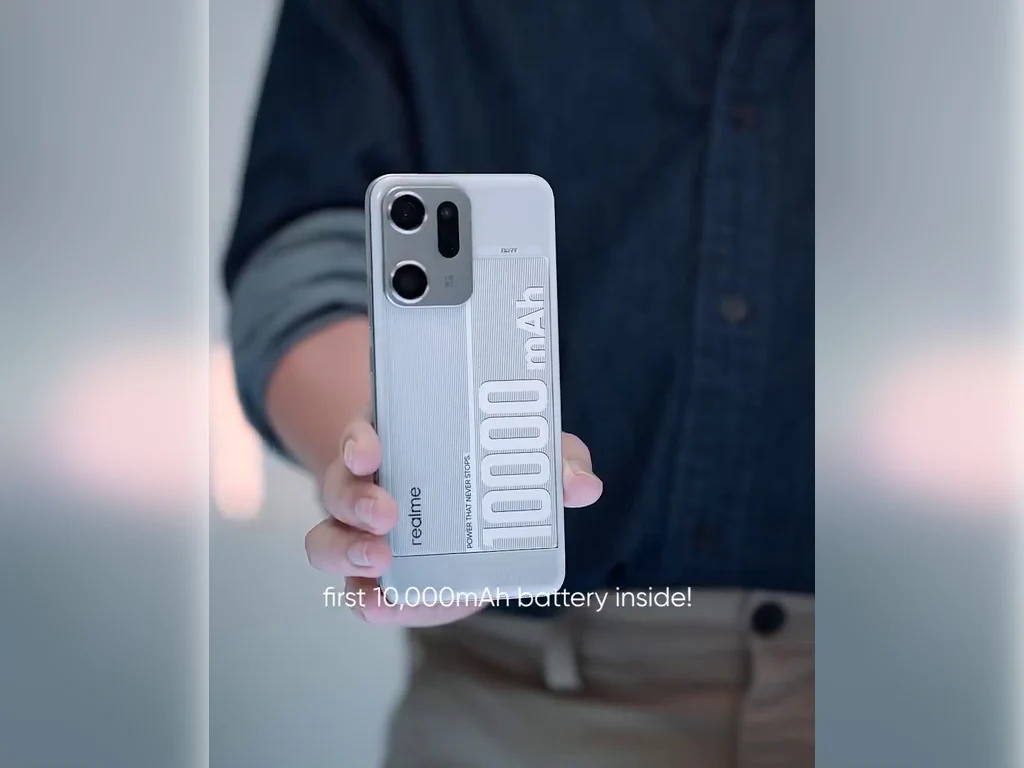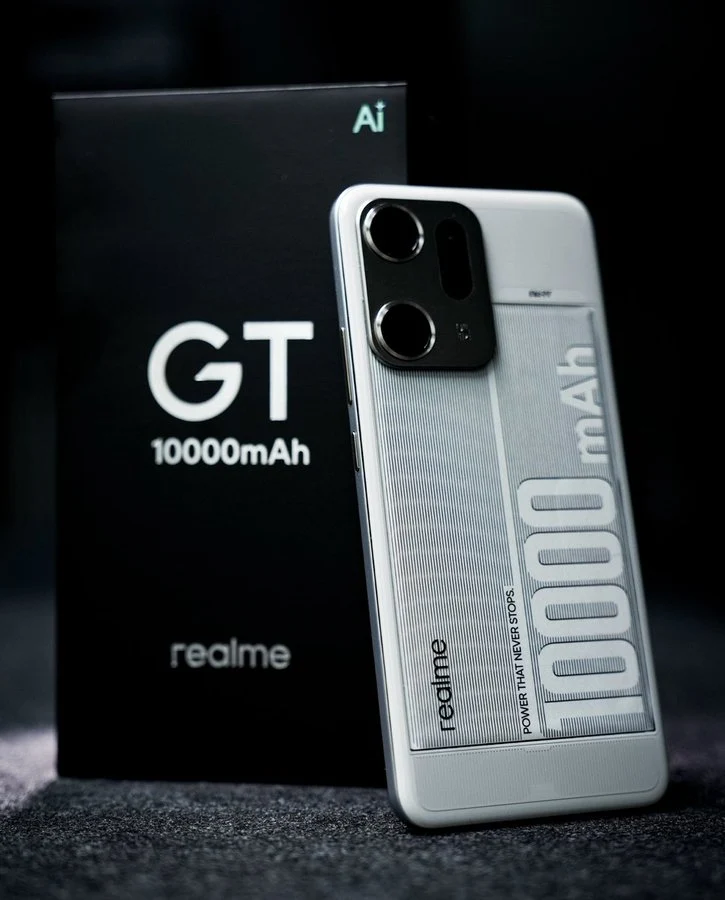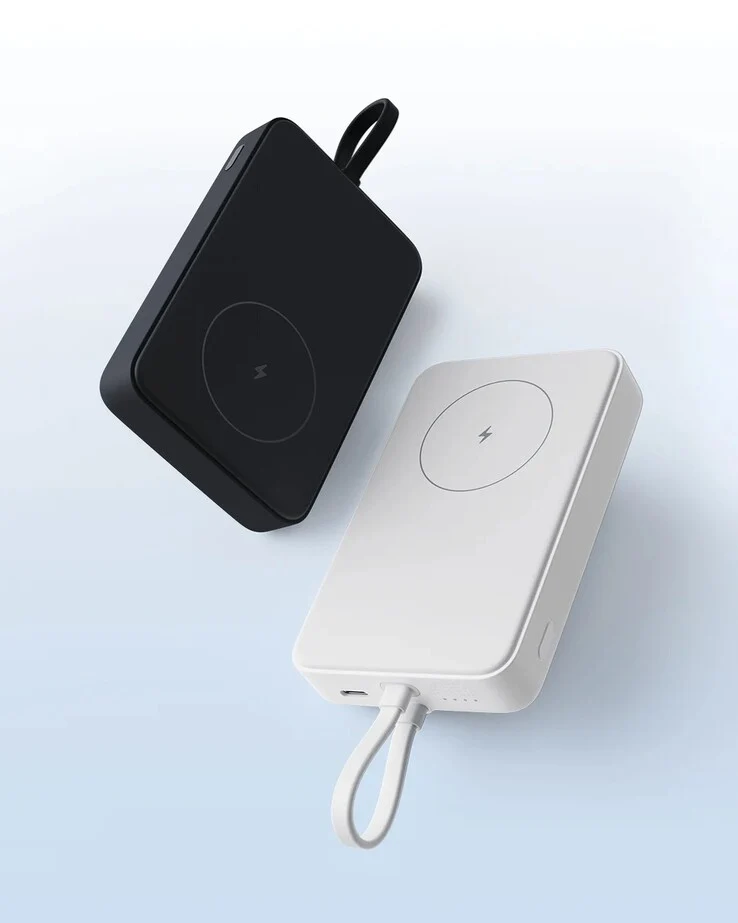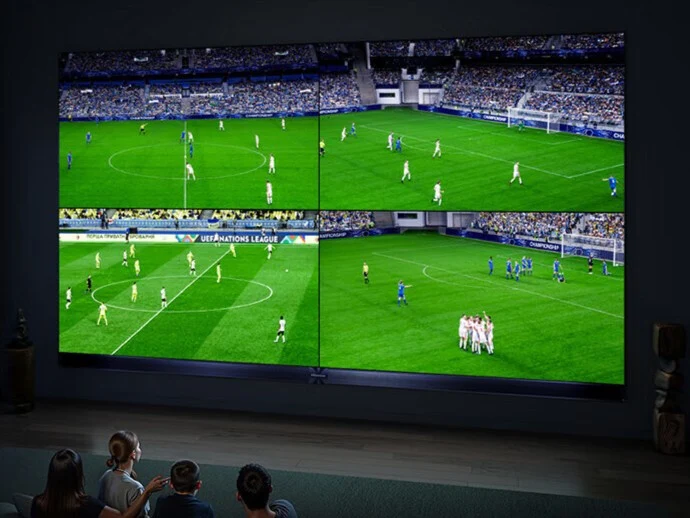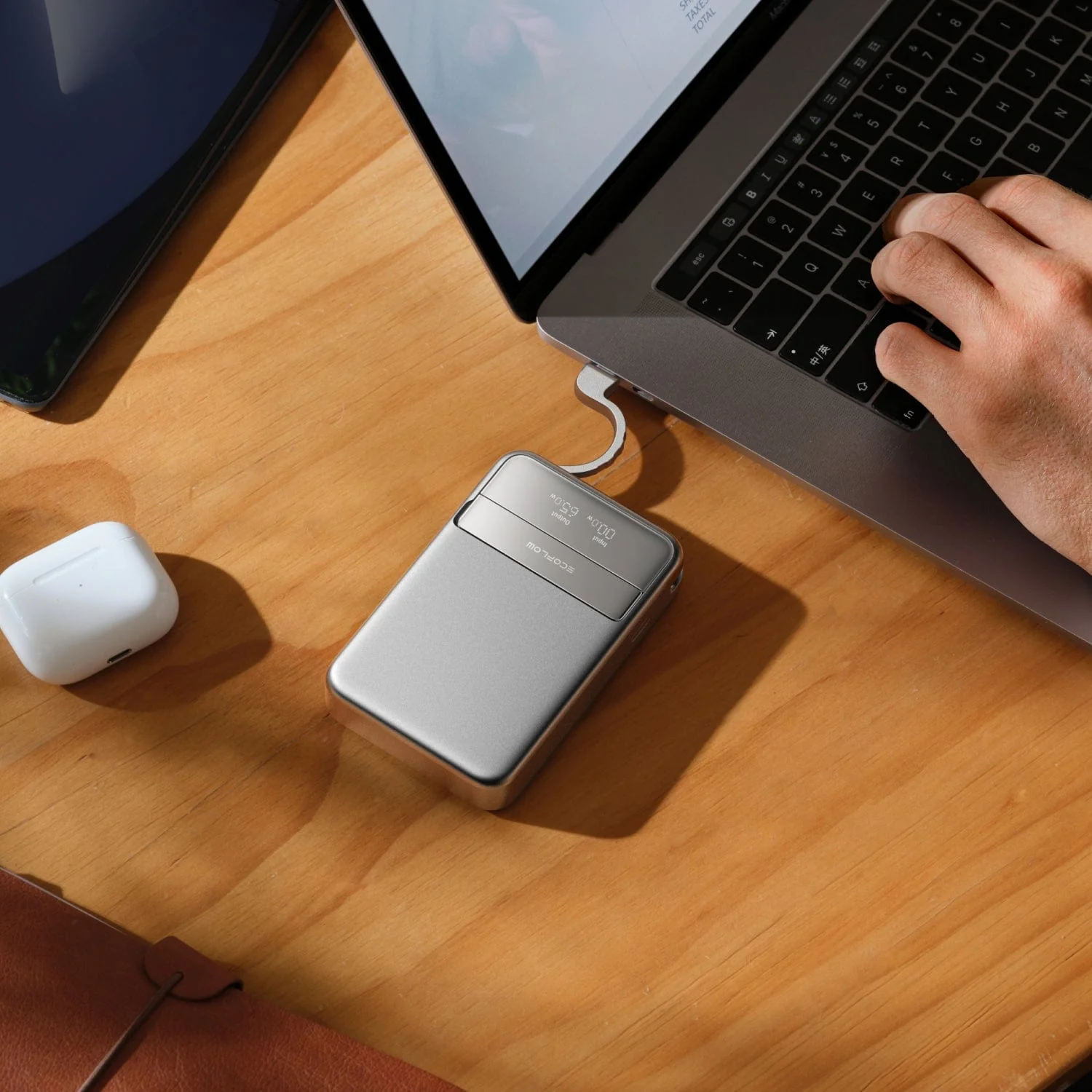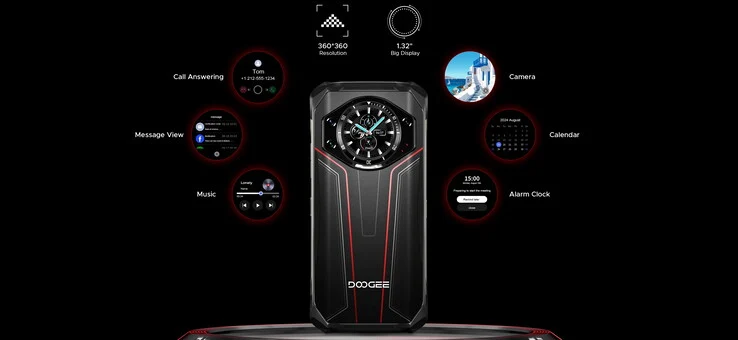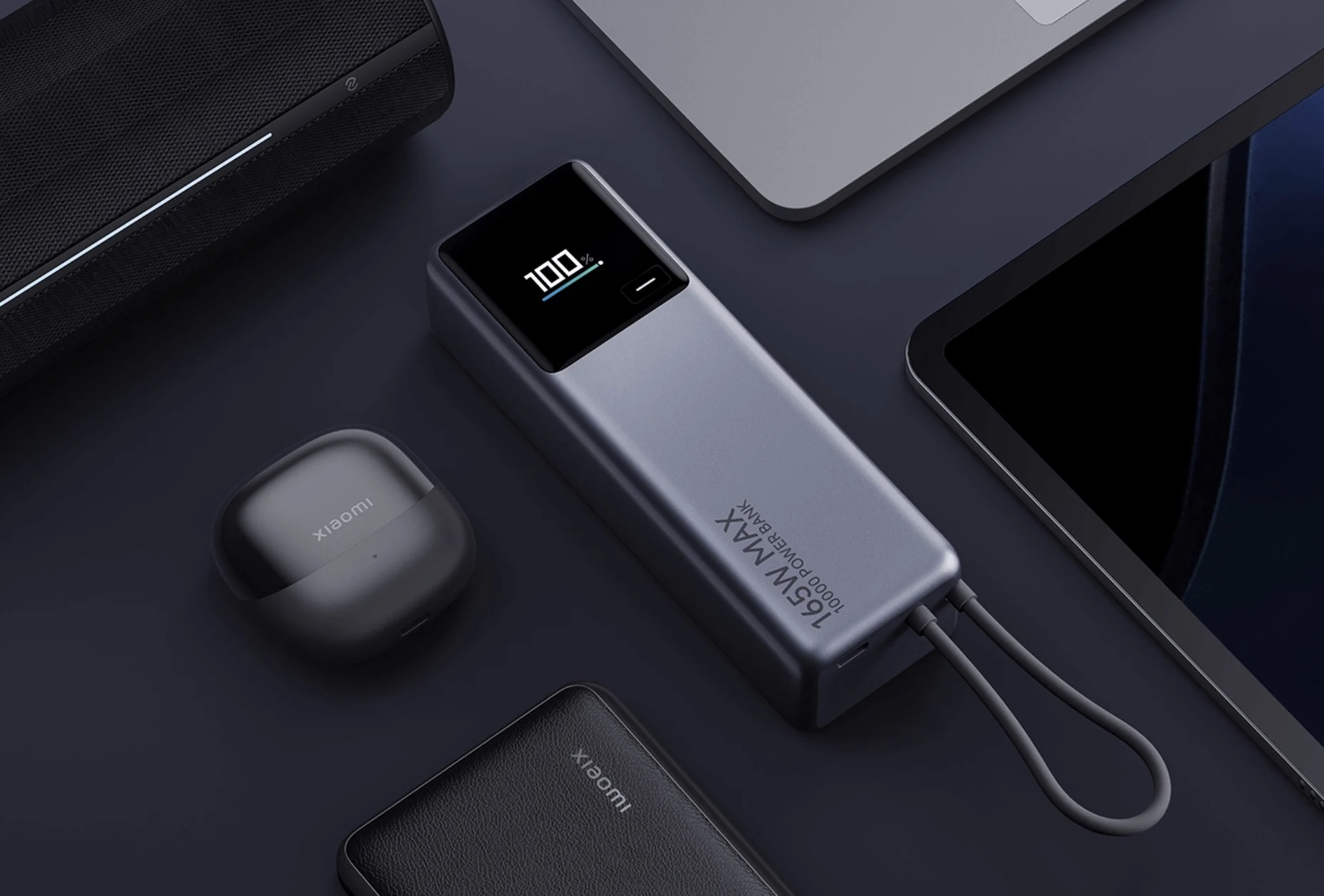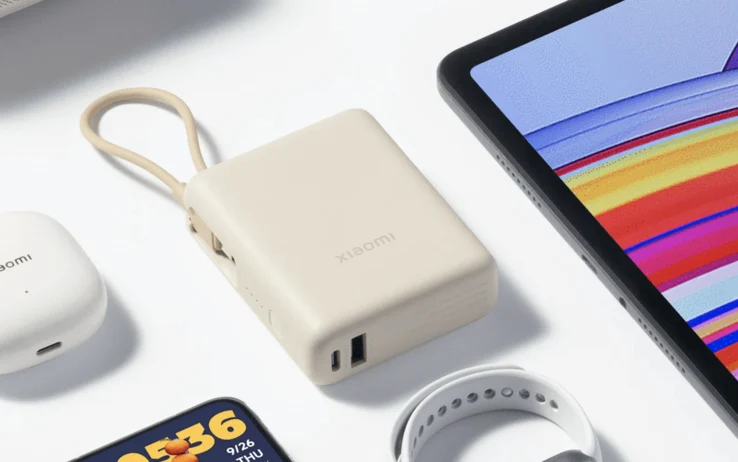Key Takeaways
1. Increasing Battery Sizes: Smartphone battery sizes are growing, influenced largely by Chinese brands like OnePlus, Honor, and Ulefone.
2. Honor’s Ambitious Plans: Honor is reportedly developing a smartphone with a massive 10,000 mAh battery, aiming to surpass some tablets, although it won’t be a flagship model.
3. Silicon-Carbon Technology: The anticipated phone will likely use a Silicon-Carbon battery configuration for improved performance.
4. Sub-Flagship Specifications: The device will feature a Dimensity 8500 SoC, indicating it will be positioned as a more affordable option compared to flagship devices.
5. Comparison with Competitors: While Ulefone has larger battery offerings (up to 25,000 mAh), Honor’s goal is to create a slim design for its 10,000 mAh battery smartphone.
Smartphone battery sizes are slowly increasing, and much of the credit goes to Chinese brands like OnePlus, Honor, and Ulefone. Honor appears to be aiming to elevate its battery game and possibly surpass some tablets, if the recent leak holds true. The company is reportedly developing a smartphone with a gigantic battery, although it won’t be a flagship device, which might actually be a positive thing.
Battery Details
According to well-known leaker Digital Chat Station on Weibo, Honor is currently in the NPI (National Provider Identifier) verification phase for a new smartphone featuring a 10,000 mAh battery. The leaker didn’t provide additional details about the battery, but it’s likely that Honor will employ a Silicon-Carbon configuration for this phone.
Performance Expectations
Moreover, it’s clear that this device won’t be a flagship since it will utilize the yet-to-be-announced Dimensity 8500 SoC, as per the leaker’s information. The flagship SoC, the Dimensity 9500, is anticipated for release in late September or October and is expected to compete with the Snapdragon 8 Elite 2. In contrast, the Dimensity 8500 is meant for “sub-flagship” models such as the upcoming Redmi Turbo 5 or the global Poco X8 Pro. This implies that the impressive battery capacity will be featured in a more affordable phone.
Comparison with Competitors
This wouldn’t be the first smartphone with such a large battery, as Ulefone has various rugged models that can reach up to 25,000 mAh. Naturally, the Honor device will probably not be as bulky as Ulefone’s offerings, but it will be fascinating to see how slim Honor can make this battery giant. The company has already demonstrated its ability to fit a large battery (6,100 mAh) in a foldable phone that is just 4.1 mm thick when opened.
It’s important to remember that with leaks and rumors, one should take this information cautiously. Honor has yet to confirm any details regarding a smartphone with a 10,000 mAh battery.
Source:
Link





